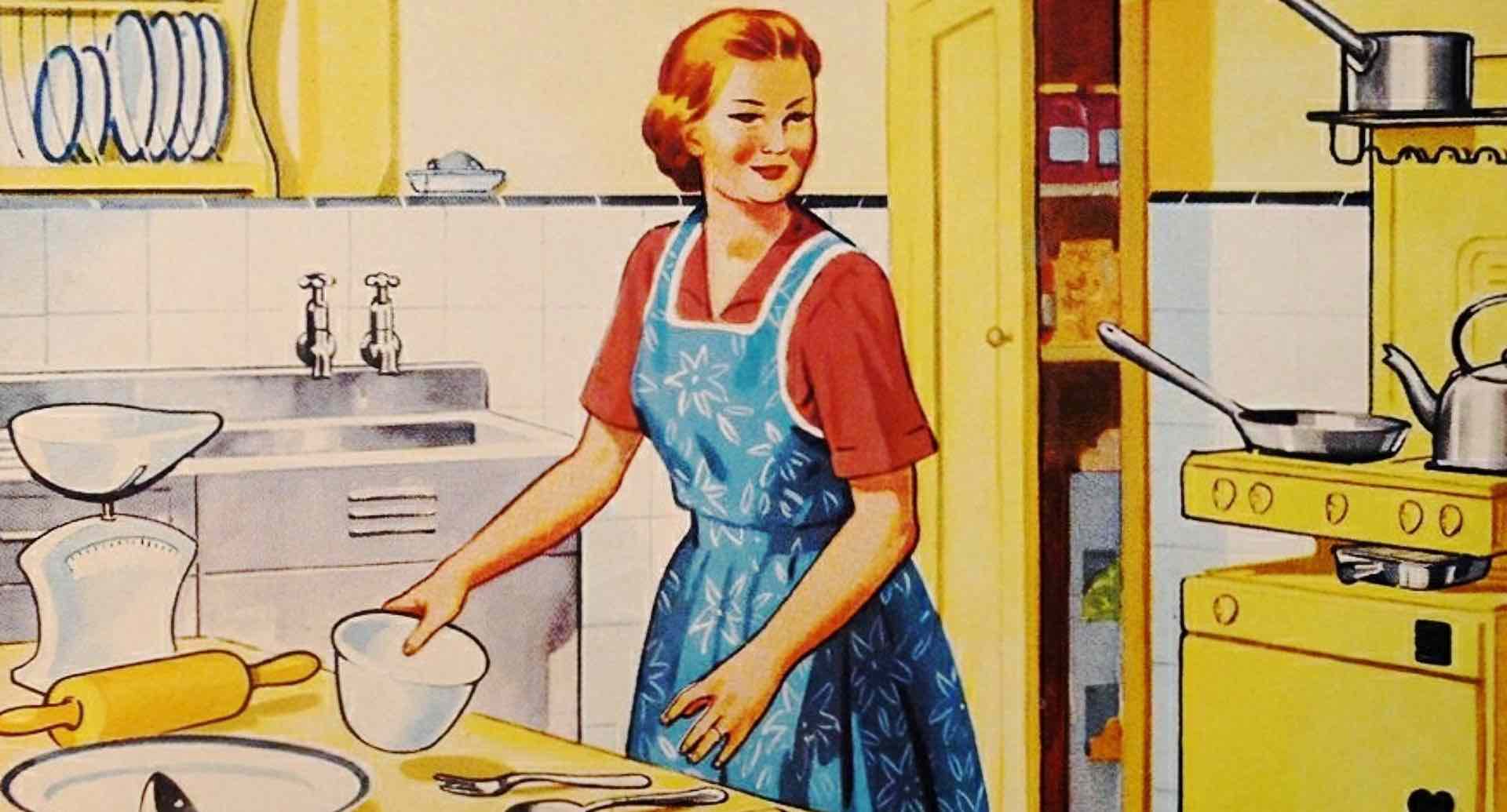The 1950s, the decade of the Queen’s Coronation and advertising trends that will shock you
2022 – the year of the Queen’s Platinum Jubilee, when Her Majesty the Queen will become the first British Monarch to celebrate 70 years in service and we all get a very long bank holiday weekend!
Already, brands are getting in on the Jubilee marketing action. Heinz Salad Cream and HP Sauce are having a royal makeover, Virgin Wines have unveiled a Platinum Jubilee sparkling wine and there are already a host of souvenir items available, including luxury Corgi biscuits and Jubilee socks.
And it was no different back in 1953 with brands such as Burberry, Evron, and The Nuffied Team (Morris, Wolsely, Riley and MG cars), all jumping on the Coronation bandwagon.
These ads exude the style of the 1950s and some of them, such as this ad for the Redcar Resort, would make for a nice print on your wall, but sadly they definitely don’t reflect some of the trends prevalent in 1950’s advertising. Horrifying doesn’t quite cut it.

Sexism was rife
From ‘You mean a woman can open it’ to ‘Don’t worry darling, you didn’t burn the beer!” social stereotypes were rife in 1950’s advertising. Women were made out to be completely dependent on their husbands and expected to be nothing more than a housewife, as after all, according to Drummond Sweaters ‘Indoors, women are useful’. In fact, Hoover suggested all a woman would ever want for Christmas is a Hoover. A word to the wise, they wouldn’t!
But possibly the most shocking thing about the sexism in 1950’s advertising is that during the Second World War women had proved themselves to be more than worthy of their male counterparts. Filling in for men while they were away at war, women had slowly started to gain more independence, but once the war was over all of that vanished and they were once more consigned to the role of a stereotypical housewife. And advertising played a massive role in reinforcing this harmful gender stereotype.
On the plus side, ads of the 1950s also made men look incompetent around the home, such as this ad from Bell Telephone System. So that’s something.
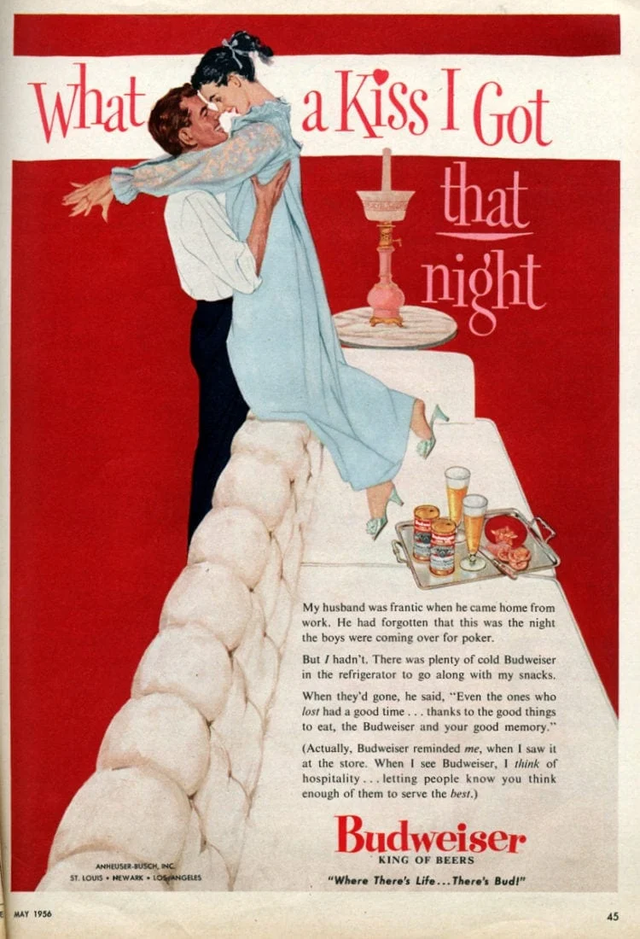
Child welfare – what’s that?
‘Why we have the youngest customers in the business’ proclaims this ad from 7up while showing an 11 month old child drinking from a 7up bottle before confessing he isn’t their youngest customer. And if that wasn’t bad enough the Soda Board of America suggested babies start drinking Cola as early as possible as it would make it easier for them to ‘fit in’ when they are older and give them a ‘lifetime of guaranteed happiness’. Maybe a ‘lifetime of diabetes’ would be more accurate.
But then what can you expect from an era, when using babies to advertise cigarettes was considered acceptable and wrapping them up in cellophane was regarded as a great way of promoting the benefits of your product.
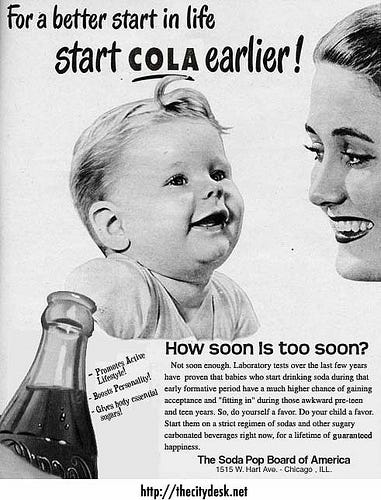
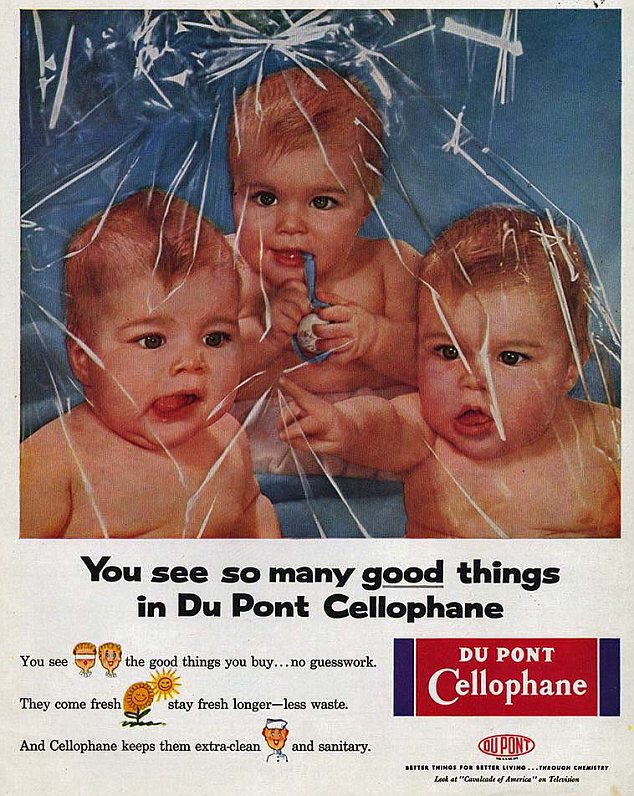
Questionable marketing messages
Did you know bad breath will make men cheat, or if you want to market shoe polish using sexy pinups is the answer? As ads from the 1950s show, marketing a product with offbeat messaging and dubious imagery is nothing new.
However, we have to draw the line at suggesting a woman would kill herself over a bad hair day. We’re all for creating ads that attract attention and are controversial, but these ads weren’t trying to be controversial – someone, somewhere honestly thought talking about suicide was a good way of selling more shampoo!
And unsurprisingly, racism was also a feature of 1950’s advertising, as this ad from Van Heusen shows. Nothing like using crude stereotypes to sell more shirts.
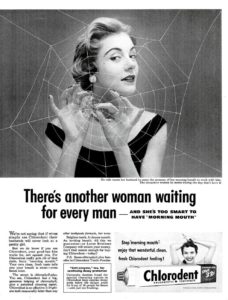
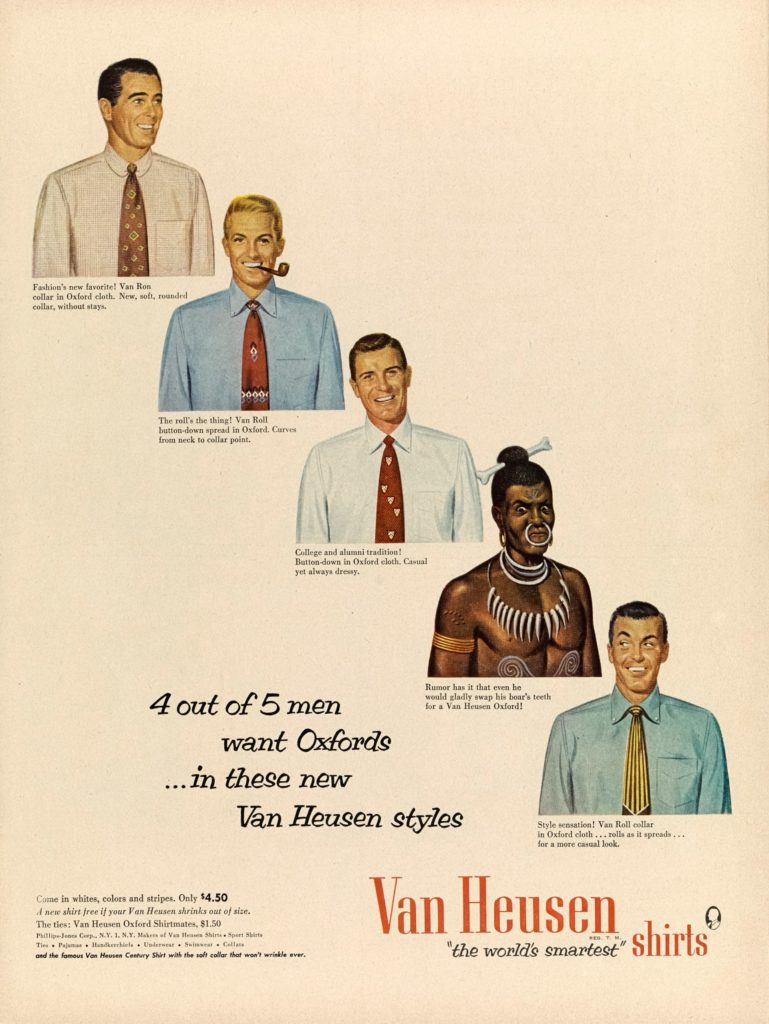
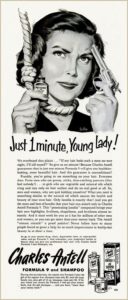
Pushing dubious products
Nowadays, advertising is a lot more regulated about what you can promote and how you can promote it, but back in the 1950s nobody blinked an eye at ads promoting gun ownership to children or doctors espousing the benefits of cigarettes. It would be a few more years before tobacco companies had to face up to the evidence that their products were potentially causing lung cancer, but in the meantime Father Christmas, and even a future President, were getting in on the act.
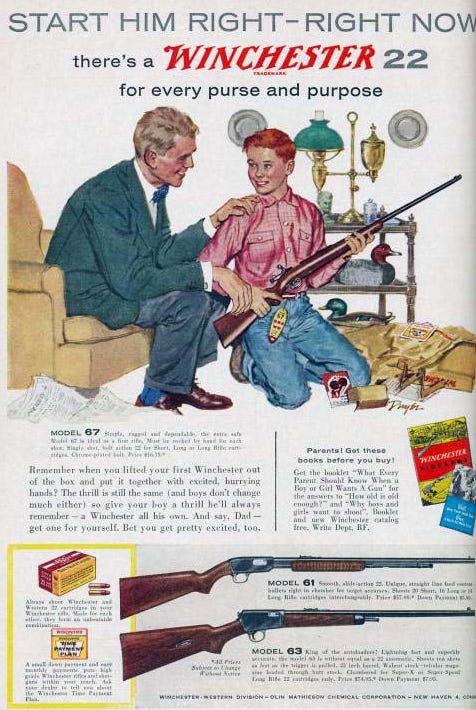
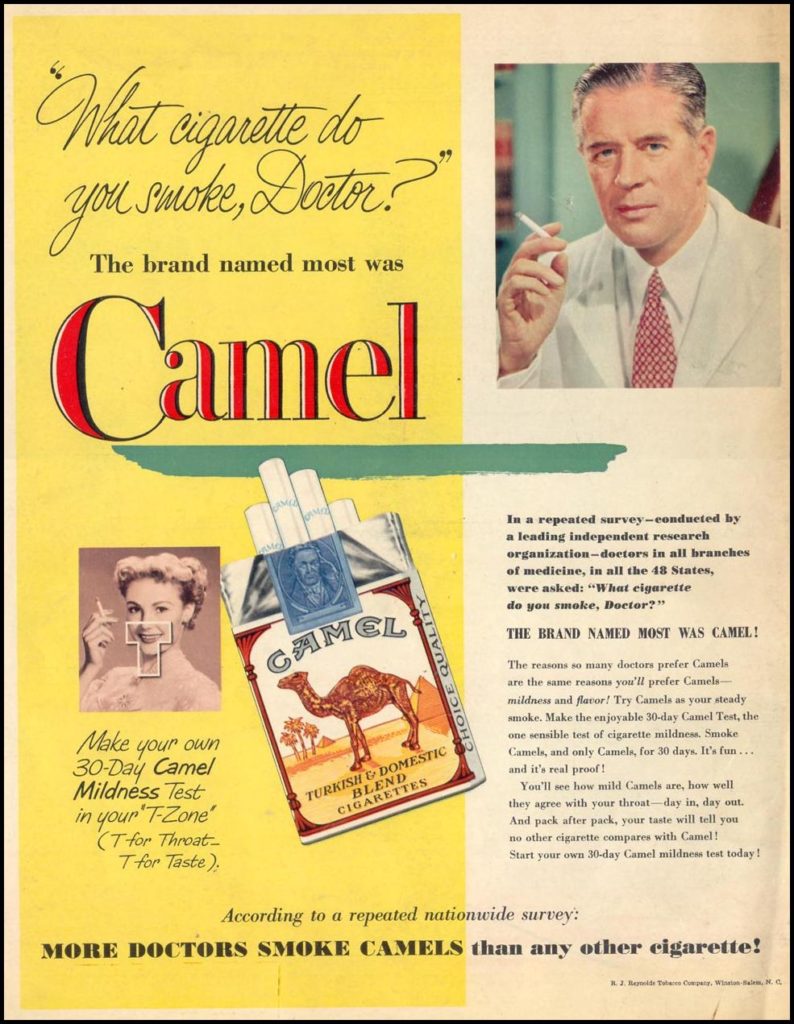
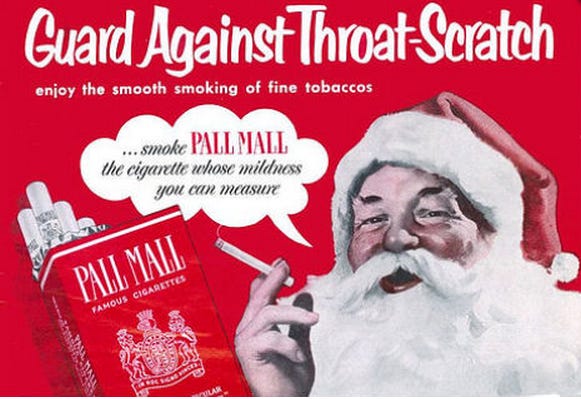
And then of course there were these KenFlex floor tiles. Available in a variety of ‘go-together colors’ and 3 styles, it’s just a bit unfortunate they contain asbestos!
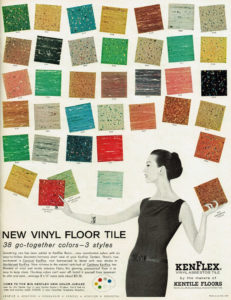
There’s no doubt there is a lot wrong with many of the ads of the 1950s, but it does give us an interesting insight into society back then. Thankfully, society and science has moved on, although judging by the number of complaints to the Advertising Standards Authority (ASA) there are still things we need to work on.
